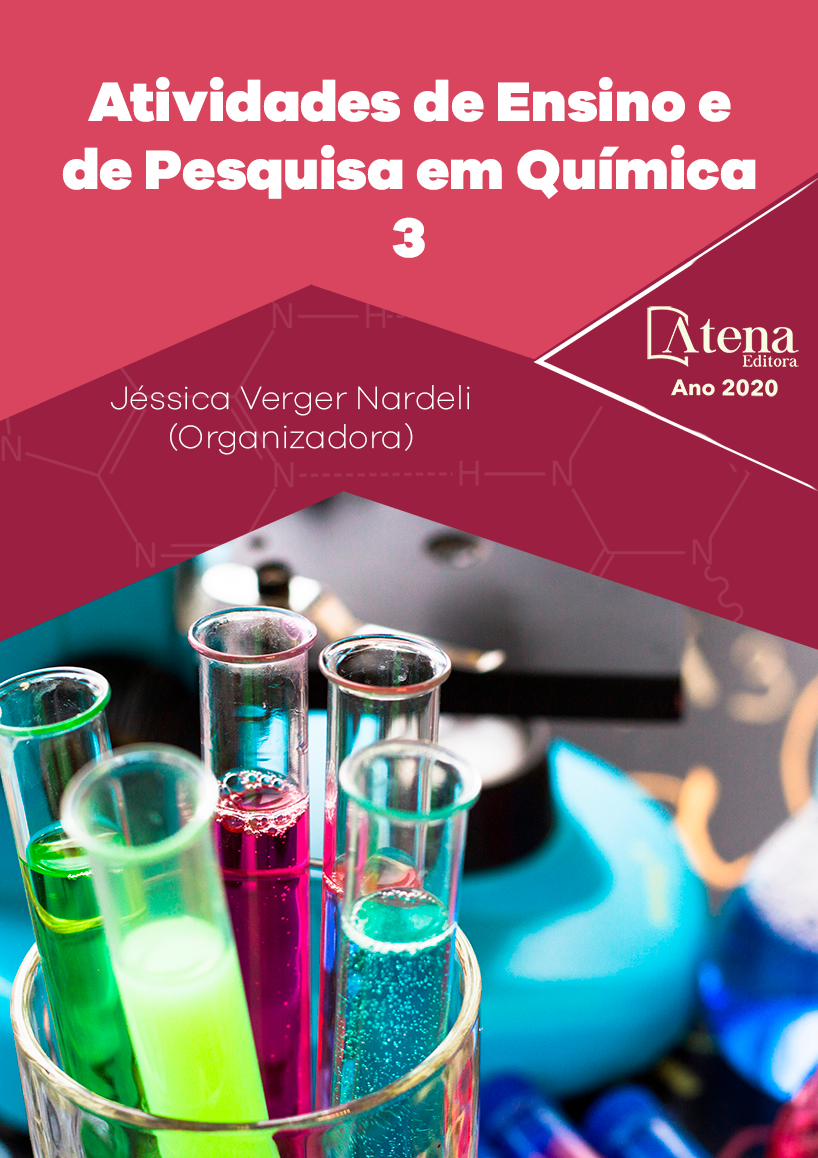
DETERMINAÇÃO ESPECTROFOTOMÉTRICAS DE COMPOSTOS COM ATIVIDADE ANTIOXIDANTE EM AMOSTRAS DE CHÁS
Os chás de ervas são tipicamente usados na medicina popular em diversas localidades do mundo. Esses chás possuem compostos antioxidantes que inibem o stress oxidativo, e sua absorção tem sido relacionado à diminuição de doenças cardiovasculares e neurodegenerativas. O intuito deste trabalho é averiguar em diferentes tipos de chás: o potencial antioxidante e quantificar o teor de fenólicos e flavonoides totais mediante análises espectrofotométricas. Para isso, utilizou-se sete tipos de ervas para o preparo dos chás (alecrim, amora, carqueja, ervas finas, hibisco, moringa e sálvia), e em triplicata foram preparados através de infusão e submetidos à métodos espectrofotométricos de análise, método Folin-Ciocauteau para quantificar o teor de compostos fenólicos totais, complexação com AlCl3 para flavonoides totais, e capacidade sequestrante do radical livre DPPH para a atividade antioxidante.O chá de ervas finas apresentou maior teor de fenólicos e flavonoides totais com menor valor de EC50 e a sálvia apresentou o maior % de sequestro de radical livre. Os métodos fenólicos e flavonoides totais apresentaram resultados com alta correlação, entretanto a correlação destes com o ensaio de sequestro de radical DPPH o coeficiente de Pearson foi inferior ao valor crítico indicado que a existência outros compostos com atividade antioxidante.
DETERMINAÇÃO ESPECTROFOTOMÉTRICAS DE COMPOSTOS COM ATIVIDADE ANTIOXIDANTE EM AMOSTRAS DE CHÁS
-
DOI: 10.22533/at.ed.02220220610
-
Palavras-chave: chás, espectrofotometria, bioativos, antioxidante
-
Keywords: teas, spectrophotometry, bioactive, antioxidant
-
Abstract:
Herbal teas are typically used in folk medicine in different locations around the world. The seteas have antioxidant compounds that in hibit oxidative stress, and their absorption has been linked to a decrease in cardiovascular and neurodegenerativediseases. The aim of this work is to investigate in differentty of teas: the antioxidant potential and to quantify the content of phenolics and total flavonoids through spectrophotometric analyzes. For this, seven herbs were used for the preparation of teas (rosemary, blackberry, gorse, fine herbs, hibiscus, moringa and sage), and in triplicate were prepared by infusion and subjected to spectrophotometric methods of analysis, Folin-Ciocauteau method to quantify the content of total phenolic compounds, complexation with AlCl3 for total flavonoids, and sequestering capacity of the free radical DPPH for antioxidant activity. Fine herbal tea had the highest content of phenolics and total flavonoids with the lowest EC50 value and sages howed the highest % offree radical scavenging. The phenolic and total flavonoid methods showed results with high correlation, how ever the correlation of the sewith the DPPH radical sequestration assay, Pearson's coefficient was lower than the critical value indicated that the existence of other compounds with antioxidant activity.
-
Número de páginas: 10
- Miguel Oliveira Silva Santos
- Débora de Andrade Santana
- Hebert Matos Miranda
- Samantha de Souza Cunha
- Valesca Juliana Silveira Ferreira Nunes


